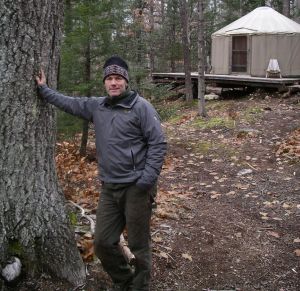 By Melissa Everett, Ph.D., Executive Director, Sustainable Hudson Valley
By Melissa Everett, Ph.D., Executive Director, Sustainable Hudson Valley
Sustainable Hudson Valley was generously awarded a CA-CP Community Catalyst Fund Mini-Grant to capture lessons learned in the pilot phase of our 10% Challenge, by designing and delivering a training session for regional champions who could then scale up the Challenge in their own communities. Through our relationship with the Center for Regional Research, Education and Outreach at the State University of New York in New Paltz, we were able to access a very affordable, spacious conference room and a scrumptious locally-sourced lunch menu including quiche, greens, and apple crisp. Fortunately the menu also included plenty of coffee, because we worked hard.
The schedule was designed to start with strategy and move into hands-on, community-specific planning and problem-solving. Special attention was given to two areas we knew were challenging: measurement and verification, and creating an appropriate business model for sponsorships to support the campaign financially. To address this second issue, we invited the CEOs of several new and original sponsoring businesses to sit in on the session and discuss their thoughts over lunch. Broadly, here is what we covered:
- Campaign overview
- Reports from the field
- Refresher on community-based social marketing: (a) discussion of the framework, role of opinion leaders and modeling, commitments, and supports; (b) “Sustainable Connections” video of a highly successful organization using CBSM for waste reduction, clean energy and buy-local campaigns. Discussion (animated!)
- LUNCH and sponsor round table – emphasis on business’ desire to offer their expertise as well as their products and services, and to build community relationships.
- Breakout sessions: (a) outreach and visibility; (b) measurement/ verification; (c) focus on behavior change – “the ask”

Besides the original communities, the audience represented the town of Rochester (where the campaign was not adopted due to expected political resistance), the town of Rosendale (which has a very advanced Environmental Commission and is in the midst of its ICLEI greenhouse gas emissions inventory, where the campaign was not adopted because there is so much already going on) and 6 representatives from the Town of Montgomery and its 3 villages of Montgomery, Maybrook and Walden, where the Challenge has been adopted across the board. Representatives came from the Conservation Council, school system, Town Board, the arts and youth, including a prolific local blogger who agreed to devote the next year’s blogging to her audience of 600, to the 10% Challenge! We realized anew that this campaign is not for everyone, but it is for a very special, highly motivated, risk-taking population that we love to draw out of the woodwork.












![5075426075_d30830cf70_b[1]](https://coolplanetblog.files.wordpress.com/2011/01/5075426075_d30830cf70_b1.jpg?w=300&h=228)







